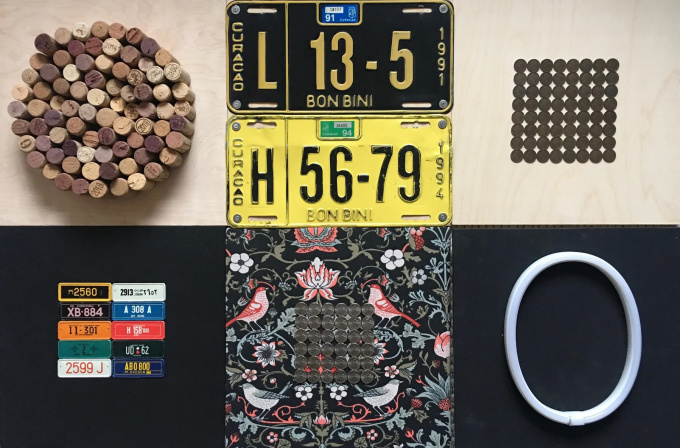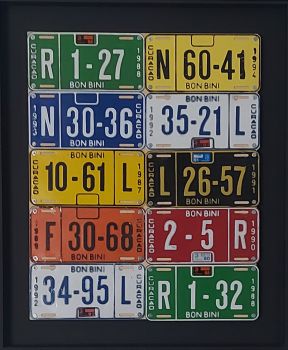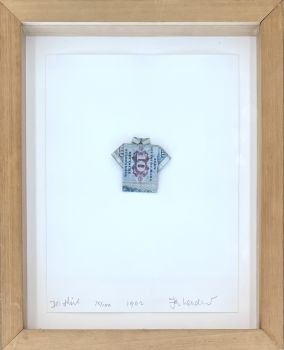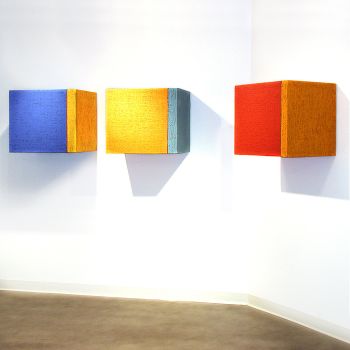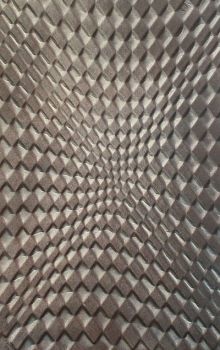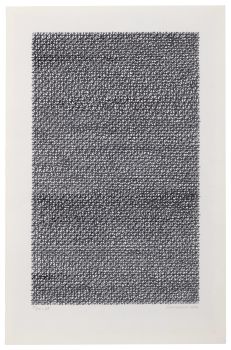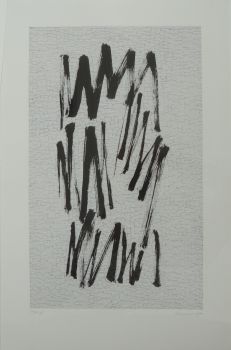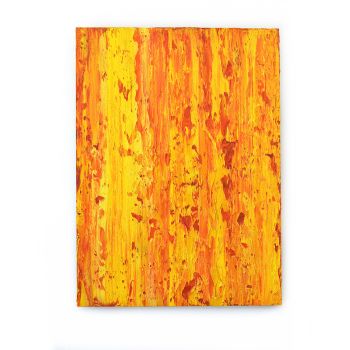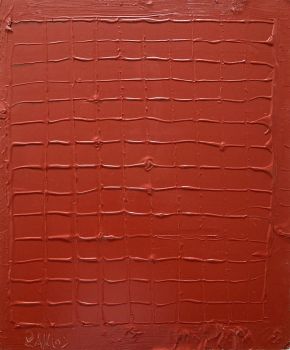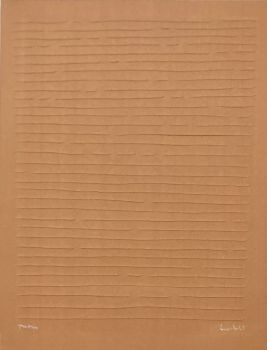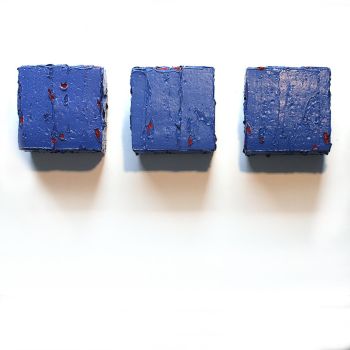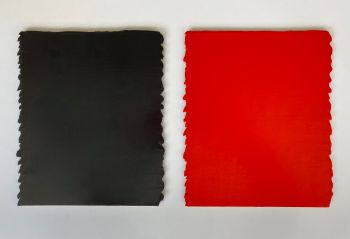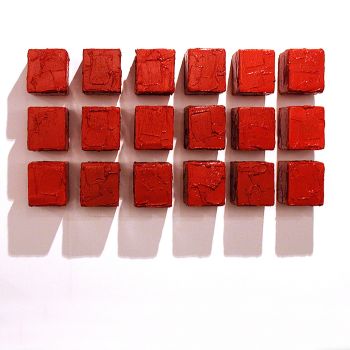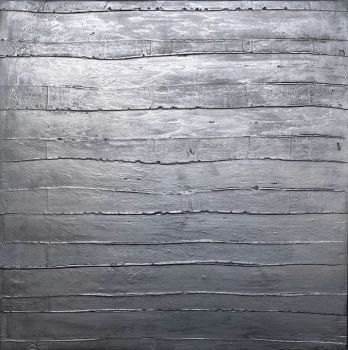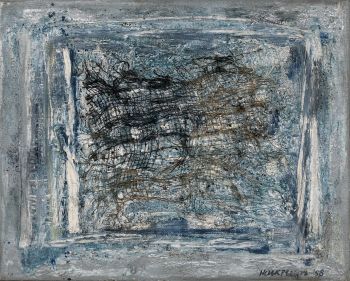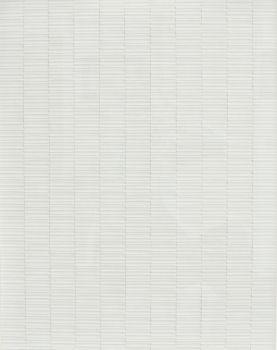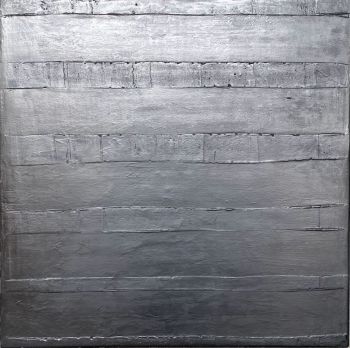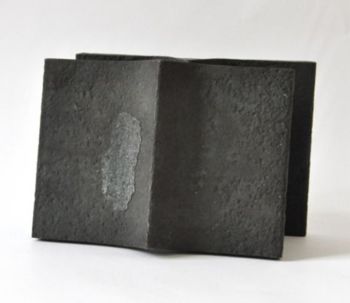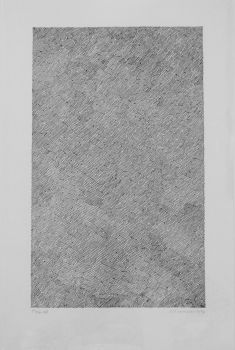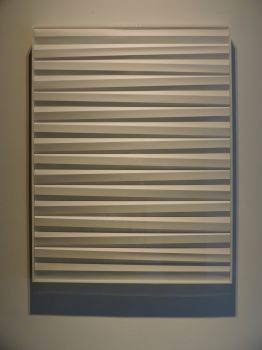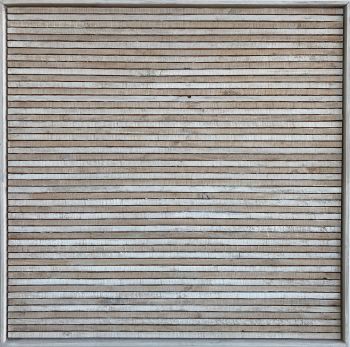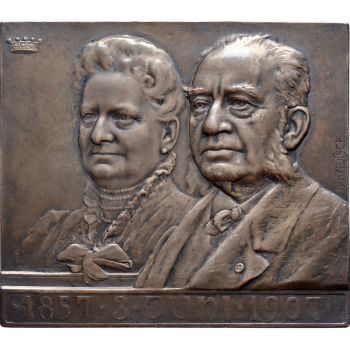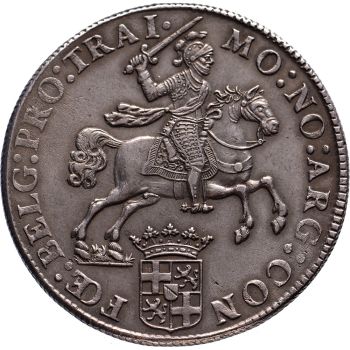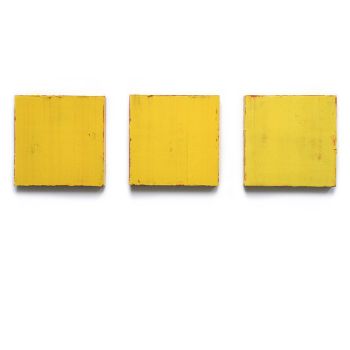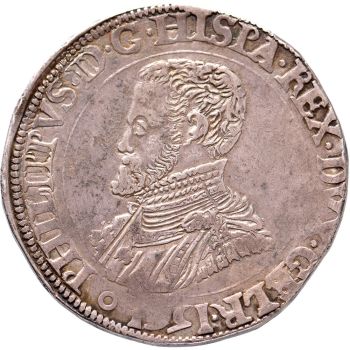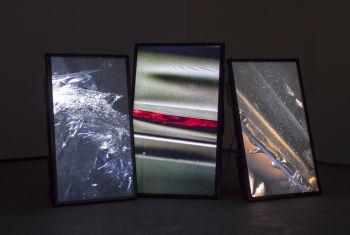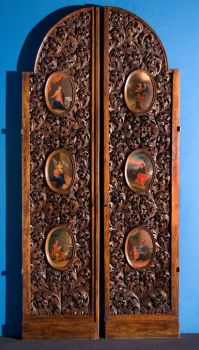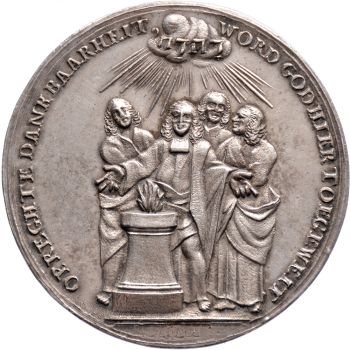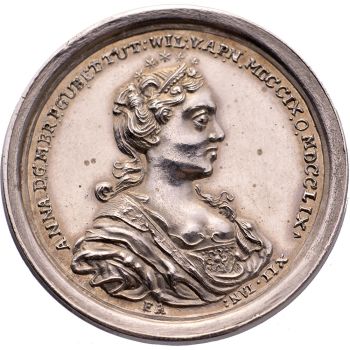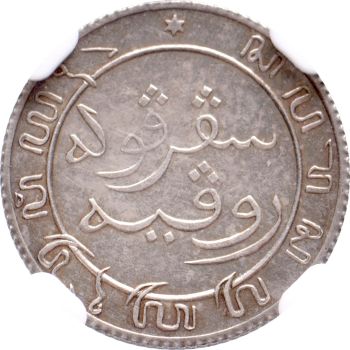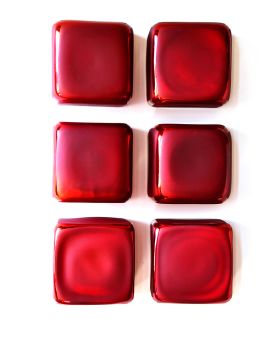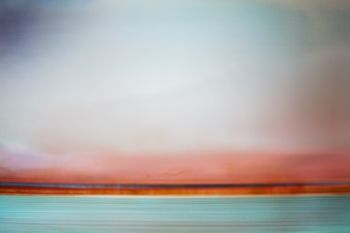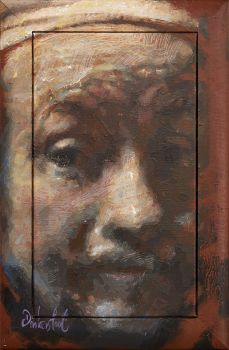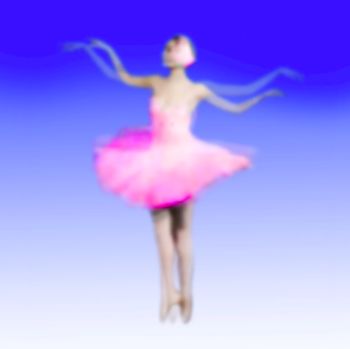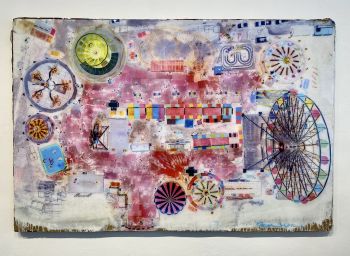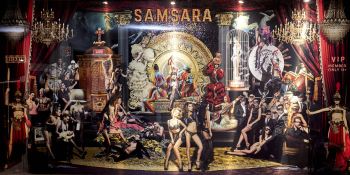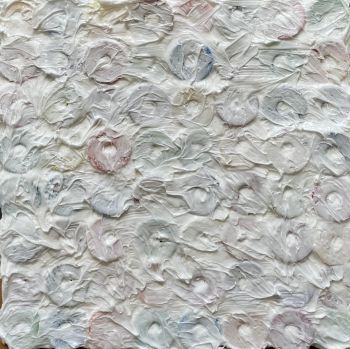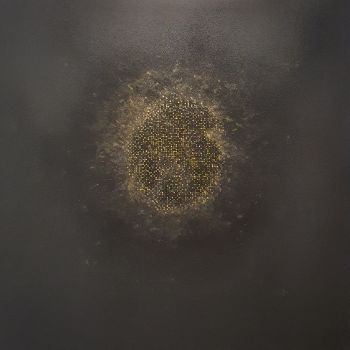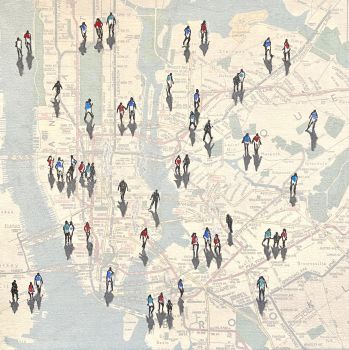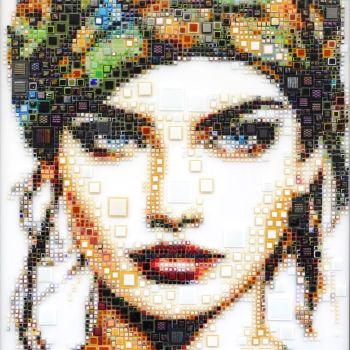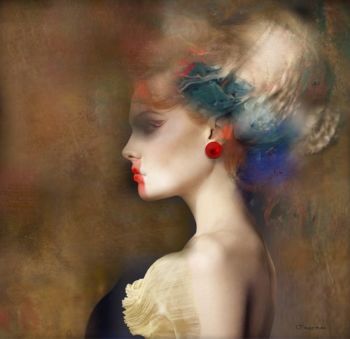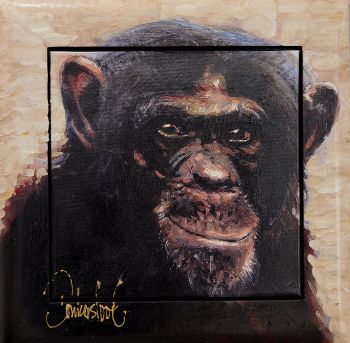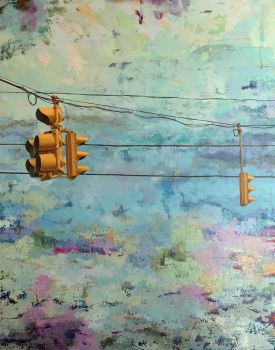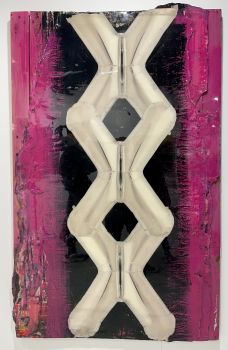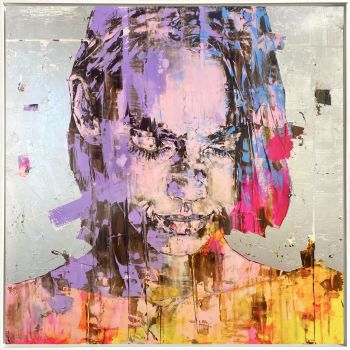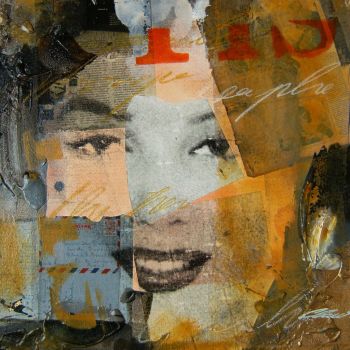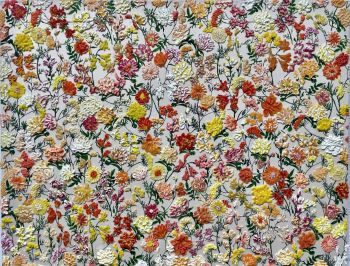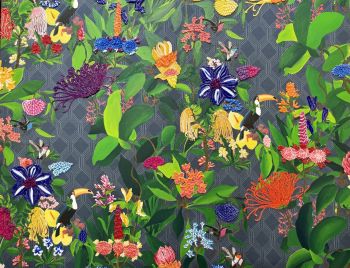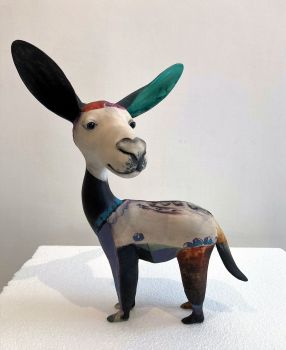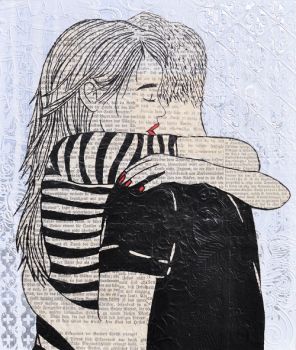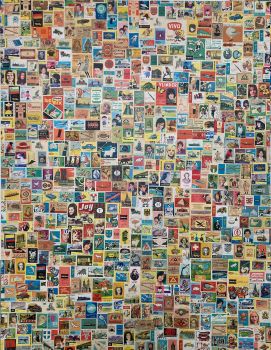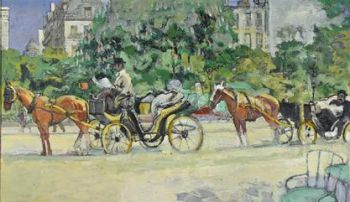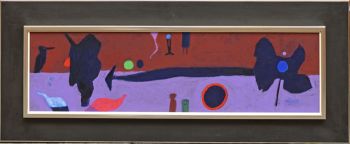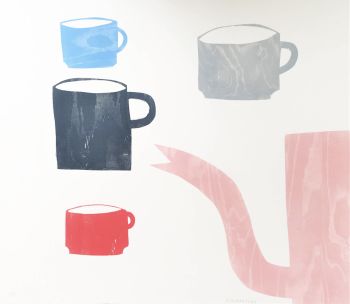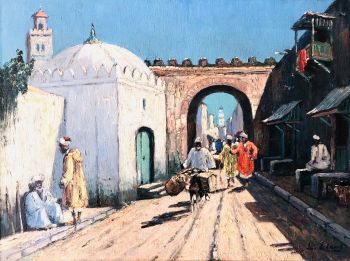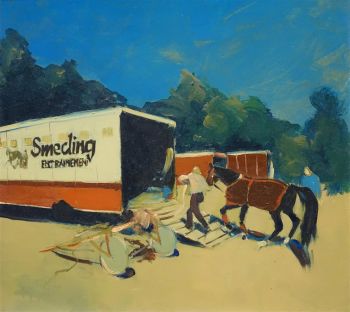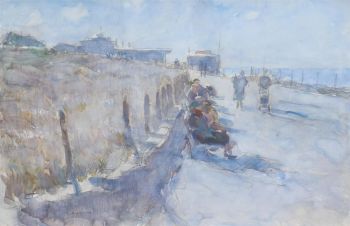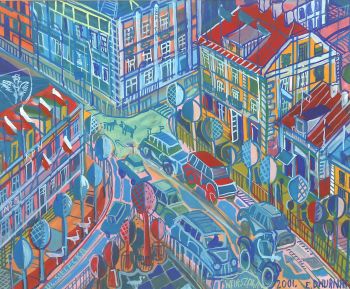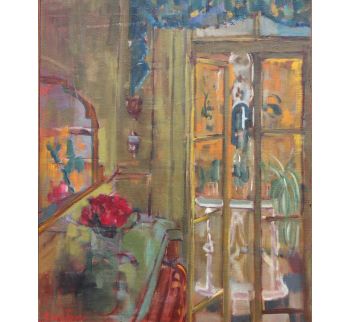The Box 2021
Jan Henderikse
Mixed media
37 ⨯ 37 ⨯ 20 cm
ConditionMint
€ 4.000
Lyklema Fine Art
- About the artwork6 pieces of art in The BOX by this Dutch Artist Jan Henderikse (1937-) working from NEW YORK
All works are 30*30 cm
Comes with a catalogue
All works within the Box are unique - About the artist
Jan Henderikse (Delft, January 22, 1937) is a Dutch visual artist and is seen as the founder of the Dutch Informal Group. Henderikse was educated at the Free Academy in The Hague, but left the Netherlands in the late 1950s. Henderikse lived and worked successively in Cologne, Düsseldorf, Curaçao, Antwerp and New York. Nowadays he works and lives in Brooklyn New York and in Antwerp.
His work was not as pure and white as that of the other members, and Henderikse's preference for waste (old corks, empty packaging) and 'rejects' (rejected photos from laboratories, advertising posters, etc.) meant that his work was more closely associated with the French Nouveau Réalisme by Arman and Daniel Spoerri. Seriality (publication of works in multiples, especially in the form of multiples) and repetition, the repetition of forms within a work, are characteristics of Henderikse's work that can be seen as typical of the Nul movement.
Together with Armando, Jan Schoonhoven and Henk Peeters, Henderikse formed the Dutch Zero movement in 1960. Of this group, Jan Henderikse is the one who worked with industrial products, distinct waste and discarded materials and used them to make assemblies. He is not the man of Zero theory, but of doing and making; Henderikse saw himself as the artist with the lowest 'zero level'.
Central to the work of the group of Nul artists was the emphasis on the impersonal in art, the objective. This included avoiding personal handwriting and looking for manufacturing procedures that had an external regularity and order, comparable to the production process in factories and companies. This was expressed in the use of, for the art of that time, very unusual materials such as pennies and corks (Henderikse), cotton wool and feathers (Peeters), cardboard (Schoonhoven) and bolts and barbed wire (Armando).
In 2001 Sherman de Jesus made a documentary film about Jan Henderikse. For this film, entitled All Is Light, De Jesus received the Best International Documentary award from the New York International Independent Film & Video Festival.
In 2013 Jan Hoet visited a studio in Eeklo following a major retrospective by Kunstzolder.be and the book Kaleidioscopia was published. It was the last publication of the art pope Hoet.
In 2017, the M HKA in Antwerp included a large wall of crates by Henderikse in the permanent collection exhibition.
In 2018, the Stedelijk Museum Schiedam opened a solo exhibition by the artist entitled Everything and Nothing.
Are you interested in buying this artwork?
Artwork details
Related artworks
- 1 - 3 / 3
 Curated by
Curated byGallerease Magazine
1 - 4 / 24Unknown artist
Antique Russian wooden icon: Archangel Gabrielearly 17th
Price on requestKunsthandel H.W.C. Dullaert Icons
1 - 4 / 24- 1 - 4 / 24
- 1 - 4 / 12

